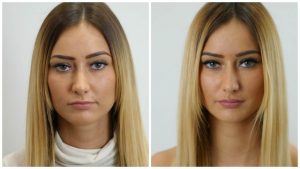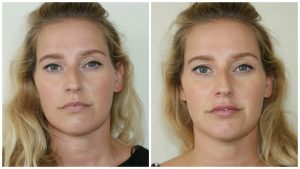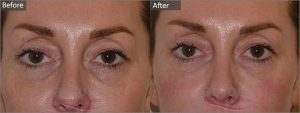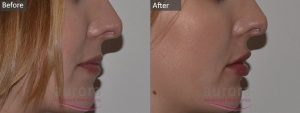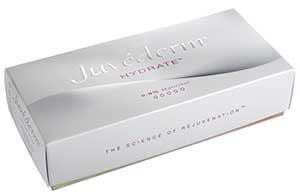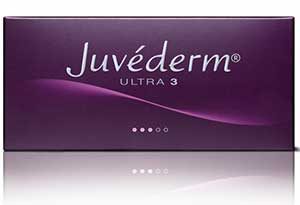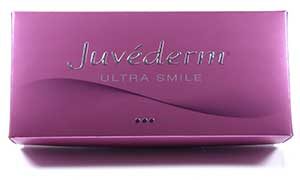The Botox and Dermal Filler Foundation Training Course is a comprehensive course that gives delegates all the knowledge, skills and practice they need to start injecting Botox and Dermal Fillers. The course will provide an introduction to essential treatments most sought after by patients and clinic employers in the aesthetics industry. On successful completion of the course, delegates will have all the knowledge and skills needed to begin treating their patients.
Injecting Botox and filler is a highly specialised skill that takes time to learn.
Injecting Botox and Dermal Filler is a highly specialised skill that takes time to learn. To become an injector and attend an aesthetic training course from Cosmetic Courses, you must be medically qualified as a surgeon, doctor, dentist or nurse with a current registration with the GMC, GDC or NMC, or equivalent if you are an overseas delegate.
Injecting Botox and Dermal Filler is not just about injecting into your patient’s face, it involves knowing how the product works, what side effects can occur and how best to manage them if they do happen. You will also need to understand why we use these products in certain areas of the face rather than others. A deep knowledge of anatomy and an understanding of facial muscles is crucial to ensure your patient is in the safest of hands.
We pride ourselves on the quality of our training and the expertise of our trainers to ensure delegates are trained to the highest standard.
We pride ourselves on the quality of our courses and the expertise of our trainers to ensure our delegates are trained to the highest standard. All of our aesthetic training programmes are managed by our Clinical Director and Consultant Plastic Surgeon Mr Adrian Richards. Mr Richards works with a handpicked team of expert aesthetic trainers including Plastic and Reconstructive Surgeons, Aesthetic Doctors, Dentists and Nurses who have all excelled in their respective fields. Our trainers have many years of experience in aesthetics and have either owned or worked in established aesthetic clinics, which gives them a comprehensive understanding of what it takes to become a successful aesthetic practitioner.
We have been about since 2002 and have continued to provide the highest quality Botox training and aesthetic medicine courses across the UK. We have a great reputation in the industry for delivering excellent training courses, which is why so many medical professionals choose us as their training provider when it comes to hands-on learning of new aesthetic treatments or gaining their aesthetic qualifications.
Foundation Botox & Dermal Filler Training
Our Foundation Training is designed to help you gain a solid grounding in facial aesthetics.
Our Botox & Dermal Filler Foundation Training Course is designed to help you gain a solid grounding in facial aesthetics, giving you an excellent start in becoming a confident injector. The one-day Foundation Training Course comprises of a group interactive lecture led by one of our expert trainers, followed by an afternoon of practical hands-on training in small groups. The covering areas the aesthetics course will focus on are:
- Upper face 3 area Botox
- Nose to mouth lines
- Marionette lines
- Corners of the mouth
We are one of the few providers to train in genuine Allergan Botox® as well as the Juvederm Ultra range of dermal fillers. If you successfully complete your Foundation Botox and Dermal Filler training day you will receive a certificate of attendance which is recognised by all major aesthetic insurance companies. Once you have your insurance in place, you can then begin practising. You can find out more about the Botox & Dermal Filler Foundation Training Course by clicking here.
What are your options after completing the Foundation Botox and Dermal Filler Training Courses
On successful completion of our Foundation Botox and Dermal Filler Training Course, we advise attending either our Botox and Dermal Filler Bespoke Training Course, Introduction to Lip Filler Training Course or our Intermediate Botox & Dermal Filler Training Course. These Aesthetic Courses are a great natural progression for you to improve your knowledge, skills and confidence as an aesthetic practitioner.
The Intermediate Botox and Dermal Filler Training Course is a small group course that will focus on key areas to support the next stage of your aesthetic development. You will be able to consolidate your current knowledge and develop your techniques whilst addressing any questions you may have.
Now you have your core training, there are two different routes you can go down, either you start to incorporate skin into your practice with a course like Chemical Peel Training or you can decide to advance your injecting knowledge further with our advanced level training courses.
Aesthetic Qualifications
We also offer Level 7 qualification in Medical Aesthetics. The VTCT Level 7 Aesthetic Medicine Diploma is a JCCP approved and VTCT certified clinical aesthetics diploma in injectable treatments for medical professionals considering a career in aesthetic medicine as well as those already practising but looking to obtain formal recognition for their knowledge and skills. Future proof your aesthetic career and find out more about our VTCT Level 7 Aesthetic Medicine Diploma by clicking here.
The aesthetics industry is a great industry to be a part of as you can control your own destiny. The career is very flexible to your needs and lifestyle. With less regulation, you have the ability to choose which Botox and Dermal Filler products to use as well as preferred techniques and treatments for your patients. This also means that you will have a greater standard of care for your patients as your patient contact time will generally be longer.
Use code FTC20 at the checkout for 20% off the Botox and Dermal Filler Foundation Training Course. The code expires on 16/02/23.
Find out more:
Our team are always on hand to support you every step of the way, from what to train in next to business and marketing advice. Talk to us today: 01844 390110 / [email protected]
The Aesthetics Knowledge Hub is a great place for you to find answers to frequently asked questions from aesthetic practitioners. Here you will find out key information on the aesthetic industry.
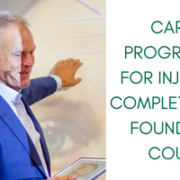
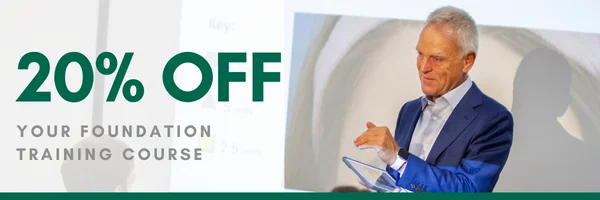
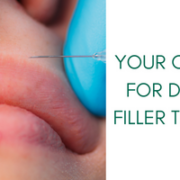

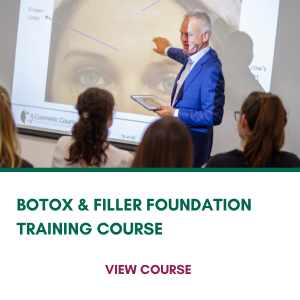
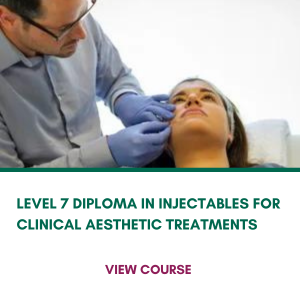

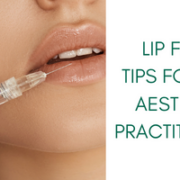
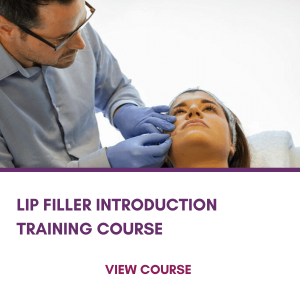
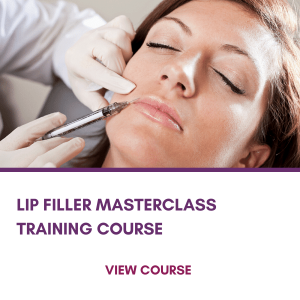





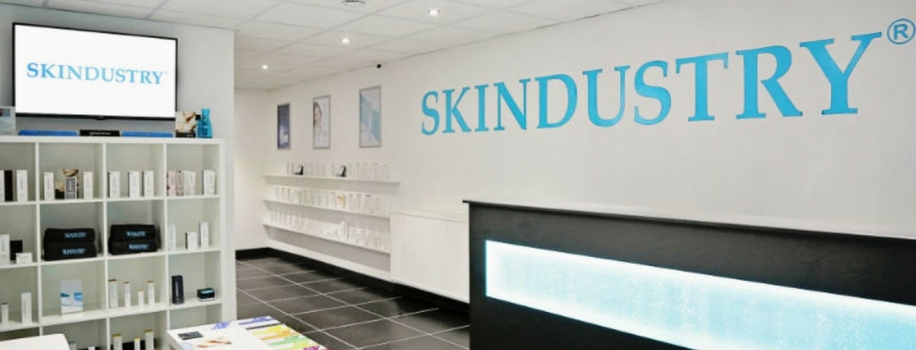

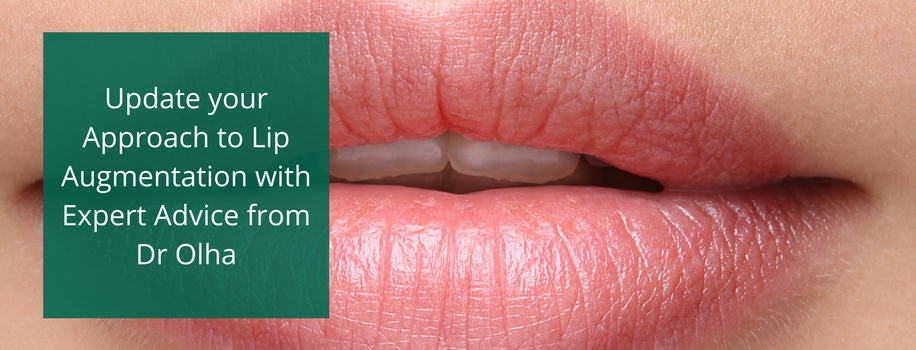
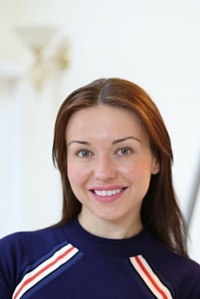 Aesthetic Dentist at Shine Medical and one of our expert trainers on our lip masterclass Dr Olha Vorodyukhina offers her advice on why lip fillers are essential for any cosmetic practice and how to safely deliver this treatment to your clients.
Aesthetic Dentist at Shine Medical and one of our expert trainers on our lip masterclass Dr Olha Vorodyukhina offers her advice on why lip fillers are essential for any cosmetic practice and how to safely deliver this treatment to your clients.